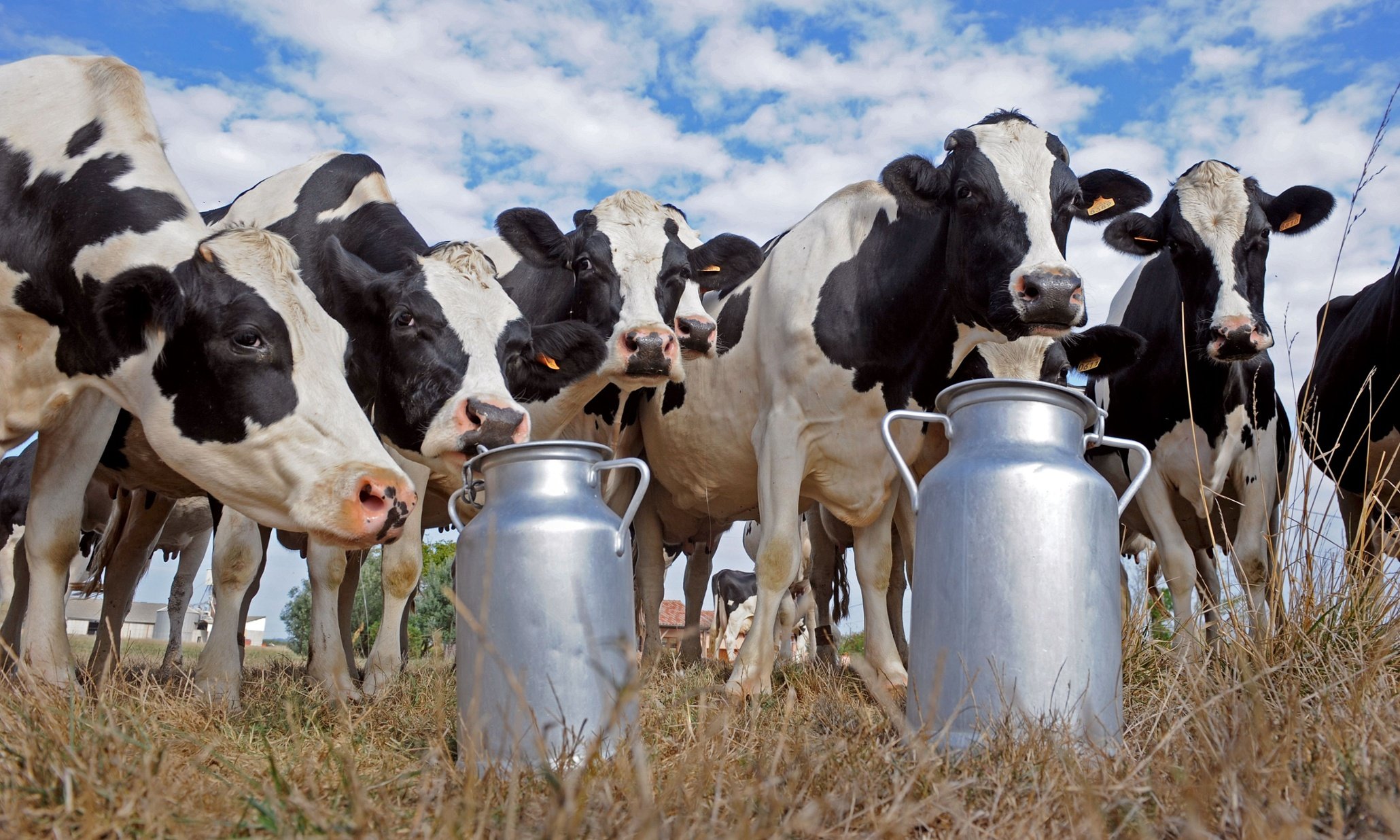The EU milk quota system has come to an end after more than 30 years of efforts to prevent overproduction.
The system, set up in 1984, is ending so EU dairy businesses can compete with international rivals in supplying fast-growing markets in Asia and Africa.
The Irish Republic, the Netherlands and Germany are all expected to increase production sharply.
The European Commission believes the changes will not bring back butter mountains and milk lakes and says China and other international markets are hungry for European farmers’ produce.
EU Commissioner for Agriculture and Rural Development Phil Hogan said the ending of quotas was both a challenge and an opportunity for the EU.

“It is a challenge because an entire generation of dairy farmers will have to live under completely new circumstances and volatility will surely accompany them along the road,” he said.
“But it certainly is an opportunity in terms of growth and jobs.”
The EU milk quota system was set up after subsidized European milk production persistently outstripped consumer demand.
This led to the so-called milk lakes and butter mountains. From 1984, member states were fined heavily if they produced too much milk.
Quotas have been raised steadily in the past seven years in preparation for being lifted altogether.
The abolition of the system affects farmers in all 28 EU member states.
Belgian and other EU dairy farmers staged a protest in Brussels on March 31, fearing the lifting of quotas will drive small farms out of business.
They have argued the lifting of quotas helps only big food companies and the largest milk producers, whose efficiency allows them to operate with slim margins.
German dairy industry association president Karl-Heinz Engel said he was happy quotas were being scrapped.
[youtube XKRHxnqu4lU 650]
